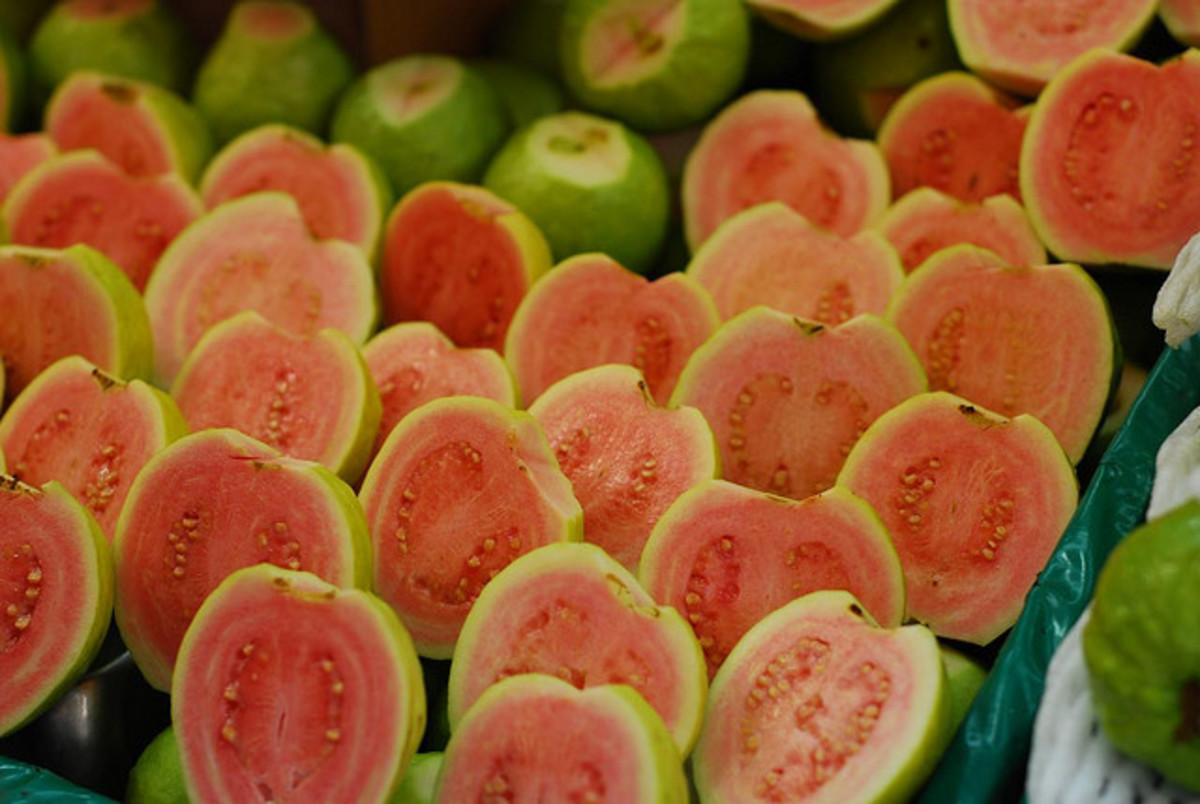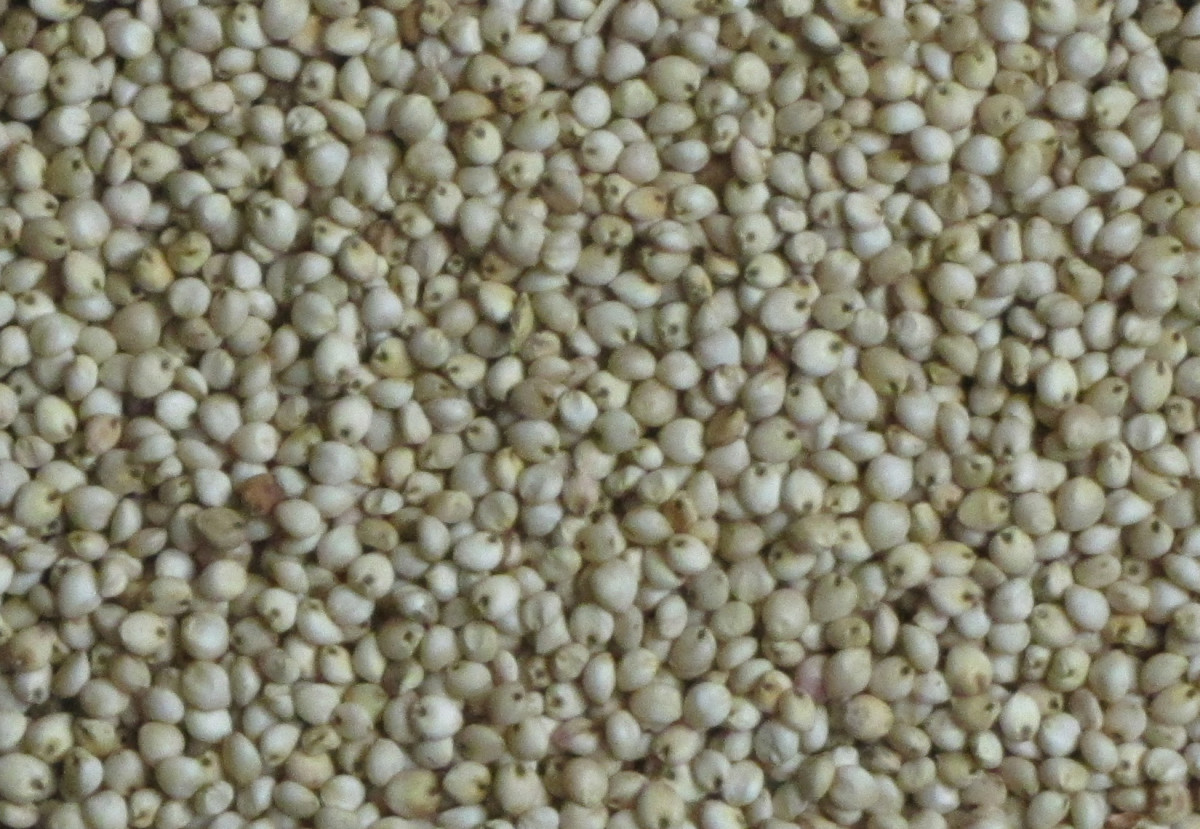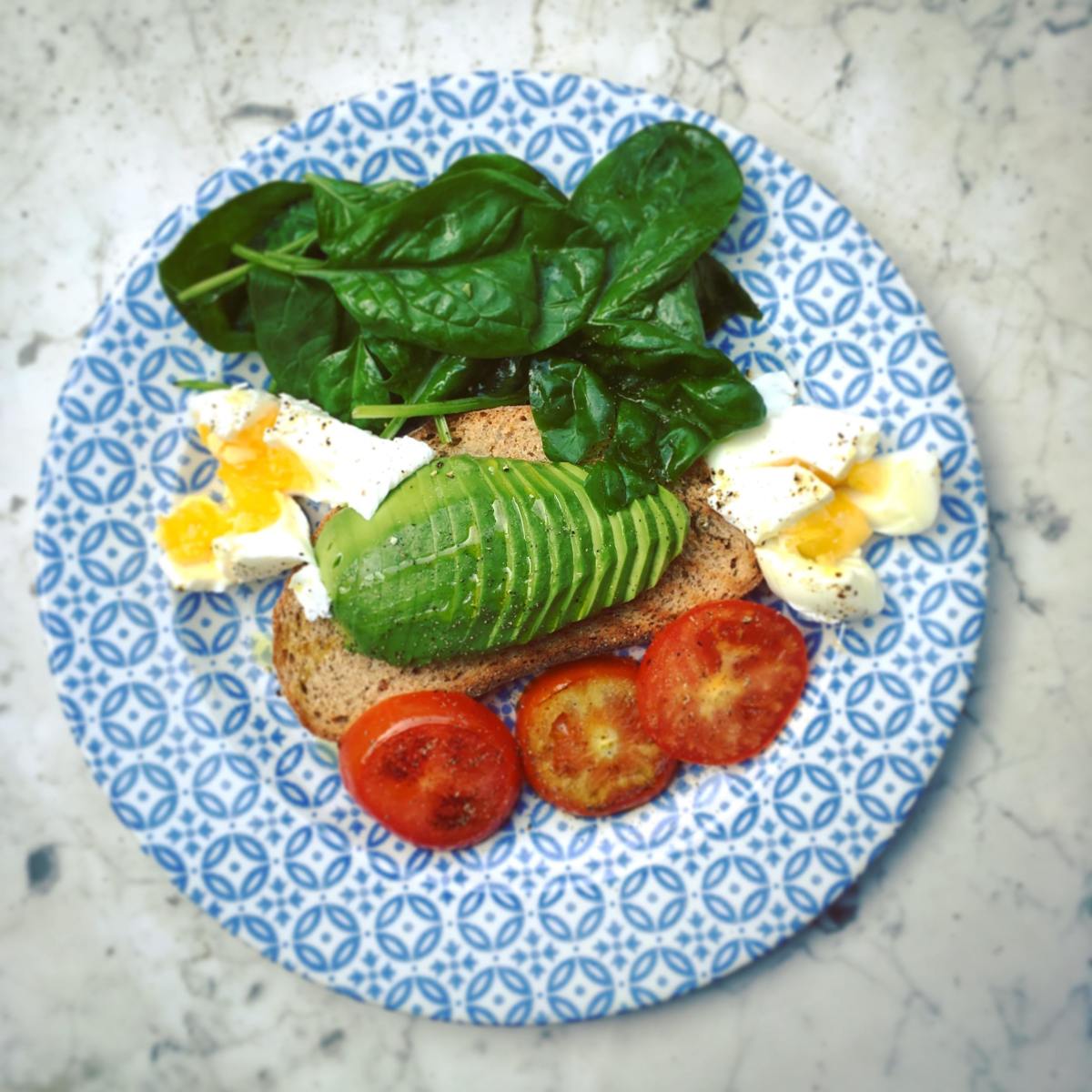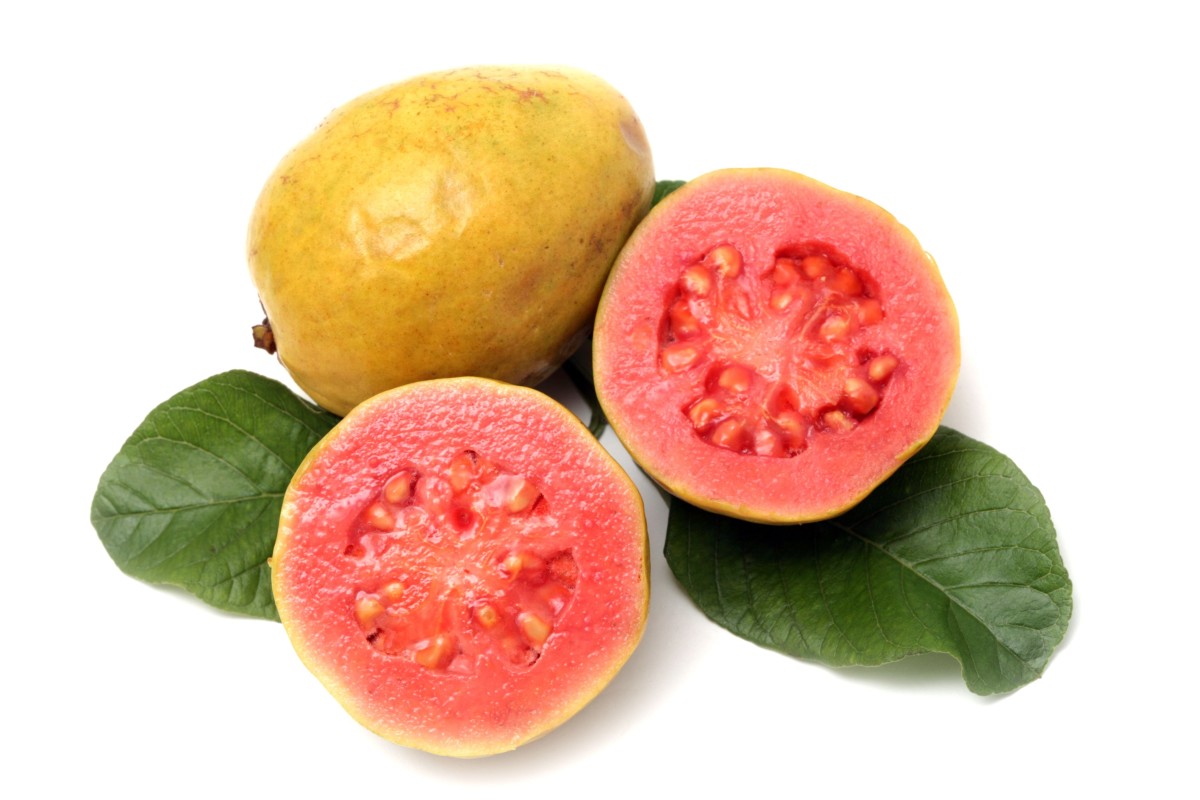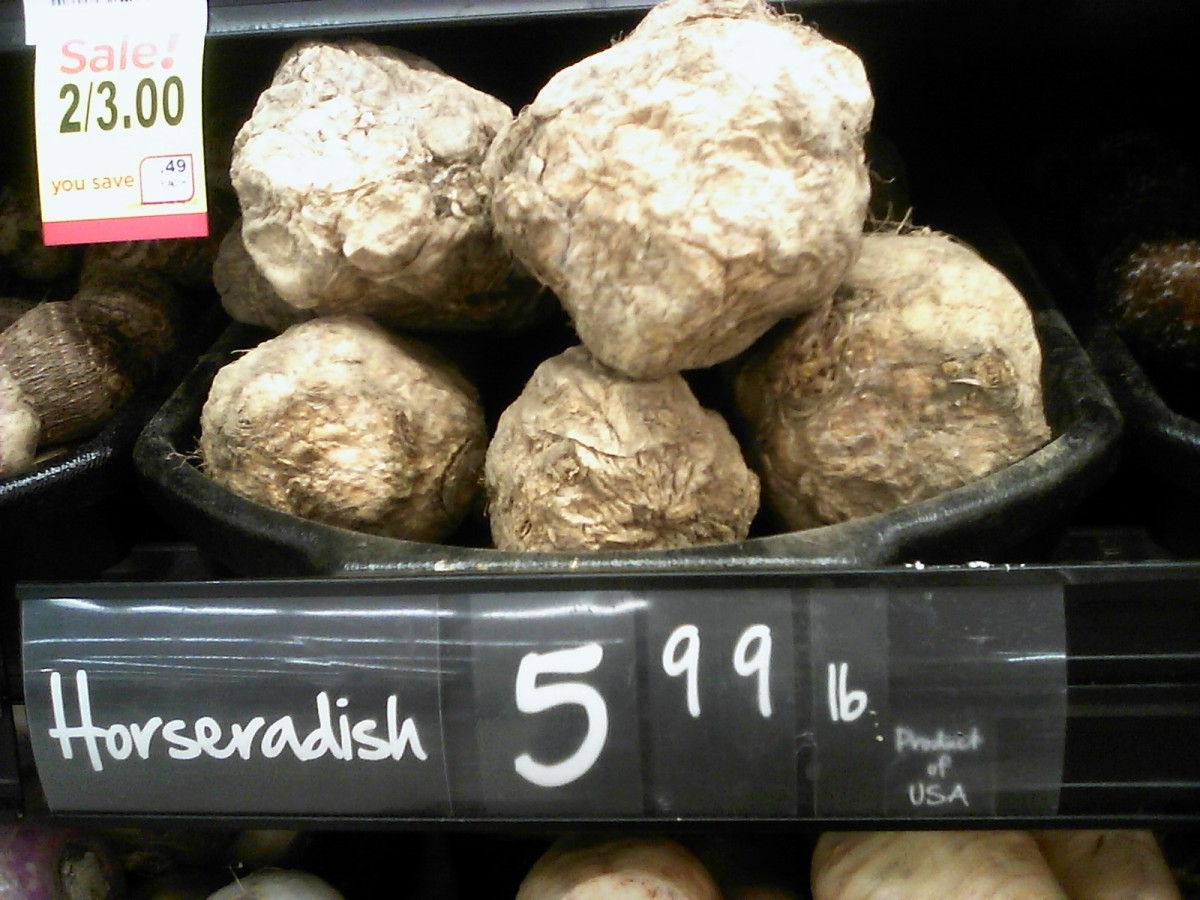Guava Nutrition Facts
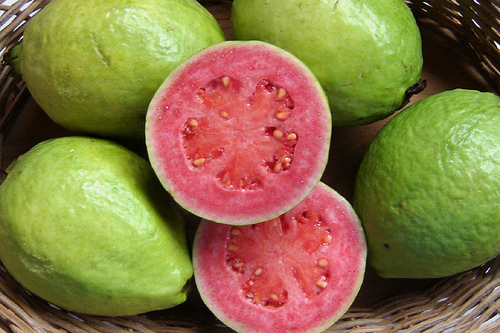
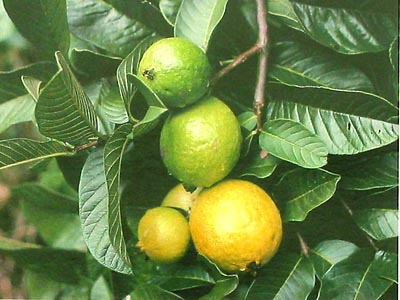
We are so used to seeing guava trees scattered in almost every part of the country that we don't appreciate this tropical fruit anymore. Other countries have already seen the potential of this fruit. The Colombian government launched a guava research and improvement program to find out more about this gregarious plant. Brazil also has a very modern guava industry, making jelly and fruit juice. Some countries also make guava-flavored ice cream. Lucky for them because what some of us don't realize, guava has the highest concentration of Vitamin C compared to any other common fruit sources of Vitamin C.
VITAMIN C FRUITS and ASCORBIC ACID CONTENT (mg)
- Guava (Psidium guajava), red165
- Guava, white127
- Longan (Dimocarpus longan) 84
- Papaya (Carica papaya), medium ripe 81
- Papaya, ripe 74
- Orange (Citrus sinensis) 70
- Calamansi (Citrus microcarpa) 45
- Grapefruit (Citrus paradisi) 34
The skin of the guava contains ascorbic acid. It's also found in the flesh and central pulp in varying degrees. The seeds contain 14% of aromatic oil, 15% of protein and 13% starch.
The leaves contain tannin (this is any group of naturally occuring compounds that precipitate proteins and is used to convert hide into leather) and also possess some essential oils. In some parts of Southeast Asia, the leaves are used to give a black color to cotton and serves as dye matting. The guava leaf can also be used as an antiseptic and an astringent. Moreover, the bark of the guava tree contains tannin, crystals of calcium oxalate and starch.
The guava tree itself is very useful because almost every part of it can be used as a home remedy. The roots, barks, leaves and young guava fruits, because of their acidity, are commonly used to halt gastroenteritis, diarrhea and dysentery. Crushed leaves may be applied on wounds, ulcers and rheumatic places. Also, leaves are chewed to relieve toothache. A leaf decoction is taken as a remedy for cough, throat and chest ailments. It is also gargled to relieve oral ulcers and inflamed gums. It has been effective in halting vomiting and diarrhea in cholera patients. Eating the fruit or washing the skin with decoction of immature fruit and leaves helps improve skin texture and avoids skin problems. The fruit is used to threat diabetes and asthma too. While the bark can be used to cure chronic diarrhea in children.
With this many amazing medicinal uses of guava, it's one of the cheapest alternative medicine available in many tropical countries. Guava is a cheaper alternative to soaring costs of medicines. It is truly a nature's wonder gift.


